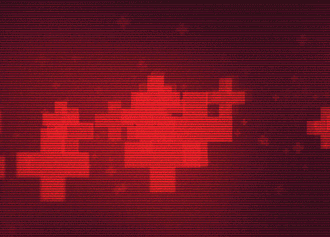PATIENT SNAPSHOT
| Patient Name | Erskine Barran |
| Patient ID | PI: 495028-P |
| Gender | Male |
| Blood Pressure | 115/79 |
| Force Sensitive | None |
| Species | Goidelic Human |
| Allergies | Syntho-sealant |
| Blood Type | O-Negative |
| Augmentations | None at arrival [Arm at discharge] |



MEDICAL REPORT
Protected Document: █ █ █ X-2292701 █ █ █
Intake Date: - - -
Intake Time: 1200
Patient Name: Erskine Barran

| Medical Call | RT Transport |
| Medical Team | Doctor: Julian Qar
Doctor: Hazel T'hess |
| Chief Complaint | Limb severing following grievous bite wound |
| Treatment | Left arm amputation and cybernetic limb installment |
MEDICAL NARRATIVE
--
[Intake doctor: J-QAR]
Field Hospital intake:Patient arrived at the field hospital after three attempts to perform an on field amputation left the arm in disarray. The bones on the radius and ulna sustained micro fractures and structural damage to the marrow and existing nerve tissues due to the device used to execute the crude amputation. Patient was responsive and in minor shock at the time of intake, we administered mild sedation to help with pain. A cautery procedure was performed around the existing wound to staunch any bleeding. A line was started on the opposite arm and the patient was given multiple rounds of anti toxins to insure the effects of the bite were flushed out of his system. An antibiotic synth skin patch was attached to the wound to close off exposed tissues. The patient was placed on supportive intravenous care and was monitored during transport to the medical facility on Ravelin where an amputation is advised.
SURGERIES & TREATMENTS
The patient was admitted into the medical facility following on field partial amputation. We had considered extending the field up to the patient's humerus due to micro-fractures that appeared on imaging and extensive nerve damage where the initial cut was made. Upon discussion, we had suggested and agreed to alter our course of action and proceed with a full amputation of the left arm. The patient spoke to Dr. Qar regarding enhancements and settled on a cybernetic limb that would fit his needs.
The surgery was successful and lasted a total of 17 hours. Following the augment procedure the patient underwent minor surgery to install a cybernetics chipset at the base of the skull. The patient will be fitted with a Panacea health system at a later date.
- Surgical Weights
- 2.72kg weight of organic tissue removal
- 29.34 kg weight of new augment
48 hours after the first surgical procedure was complete, the patient complained of redness and pus around the surgical site. We ran tests and confirmed the patient was experiencing an infection along with a severe allergic reaction to the syntho-sealant we had attached to the surgical margin to encourage hemostasis at the titanium junction. We performed a two hour procedure to remove all the syntho-sealant and apply a plasma-based sealant that was tailored for the patient. The patient was given broad-spectrum antibiotics and the infection cleared up after four days.
Therapeutic Care
Patient had opted out of being submerged in a bacta tank and suggested we apply patches and sprays to his wounds. He was very opinionated about "swimming in the green goo" for long periods of time.
FINDINGS
Exterior Examination:
- Severe fracture of the radius and ulna resulting in 101.6mm to 141.7mm of splits on the bone.
- Minor cuts and scrapes around the arms and face
- Extensive nerve damage of the left arm
- Extensive imaging, all internal organs unremarkable.
- Blood pressure was high due to onset of pain. No other findings were made.
- Patient had no cognitive or other neurological findings or abnormalities. He was excitable and very chatty despite the amount of pain he was in.
DISHCHARGE INFORMATION
- The patient will make a full recovery and is able to resume light activity three weeks after discharge.
- Neurological rehabilitation is advised to ensure the patient is familiar and aware of the new functions of their cybernetic limb.
- Extreme or extensive actives should be avoided for at least one full month following surgical procedure and until physician and cyberneticist have given clearance.
- What to watch out for:
- Discoloration of surgical site is common, watch for any extensive swelling or abnormal discharge.
- Fever, nausea and headaches after chipset implantation is common. If these symptoms persist longer than three days please visit your nearest emergency facility and contact Dr. Qar.
- Phantom pain is very common following an amputation and will become less as time goes on. If the pain is severe visit your nearest emergency facility.
- If you feel unwell at any point seek medical treatment immediately.
- Follow-up visits are advised after the first week of discharge from the hospital.
Medical Director

█ █ █
RP Link/story:
Disclaimer: Not a real doctor!
Really enjoy all things medical. If you are interested in a patient report or med RP hit me up!

